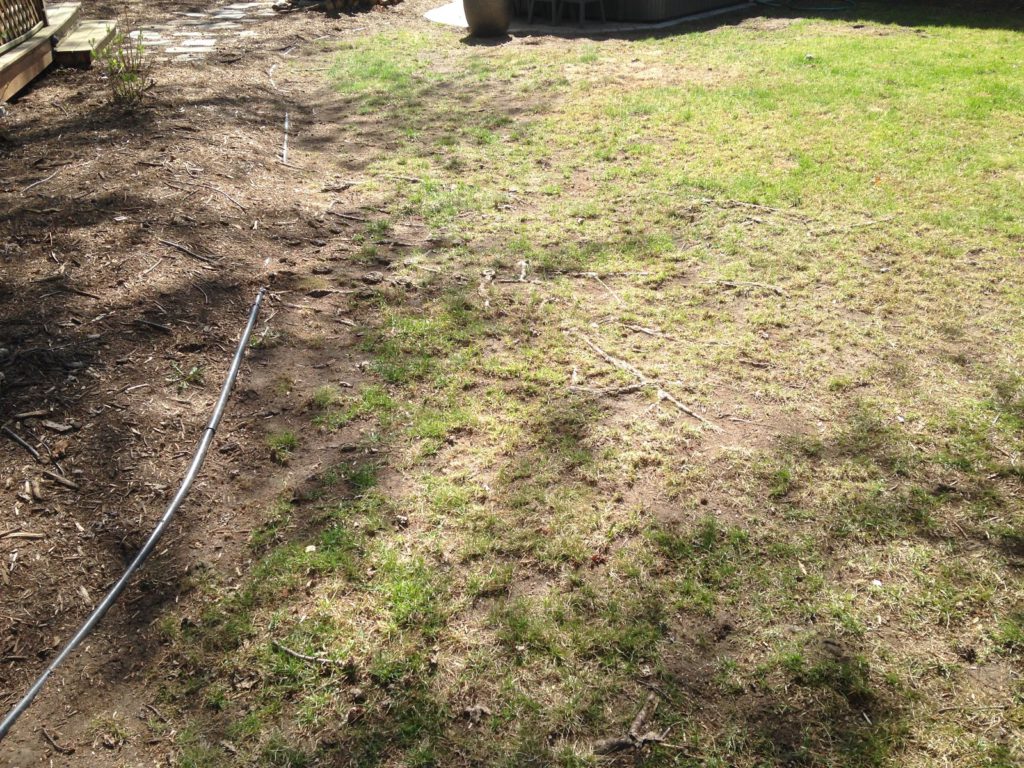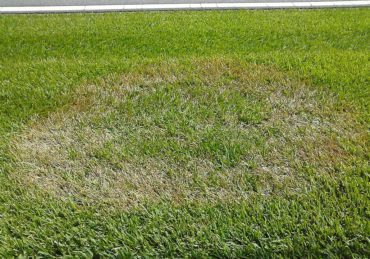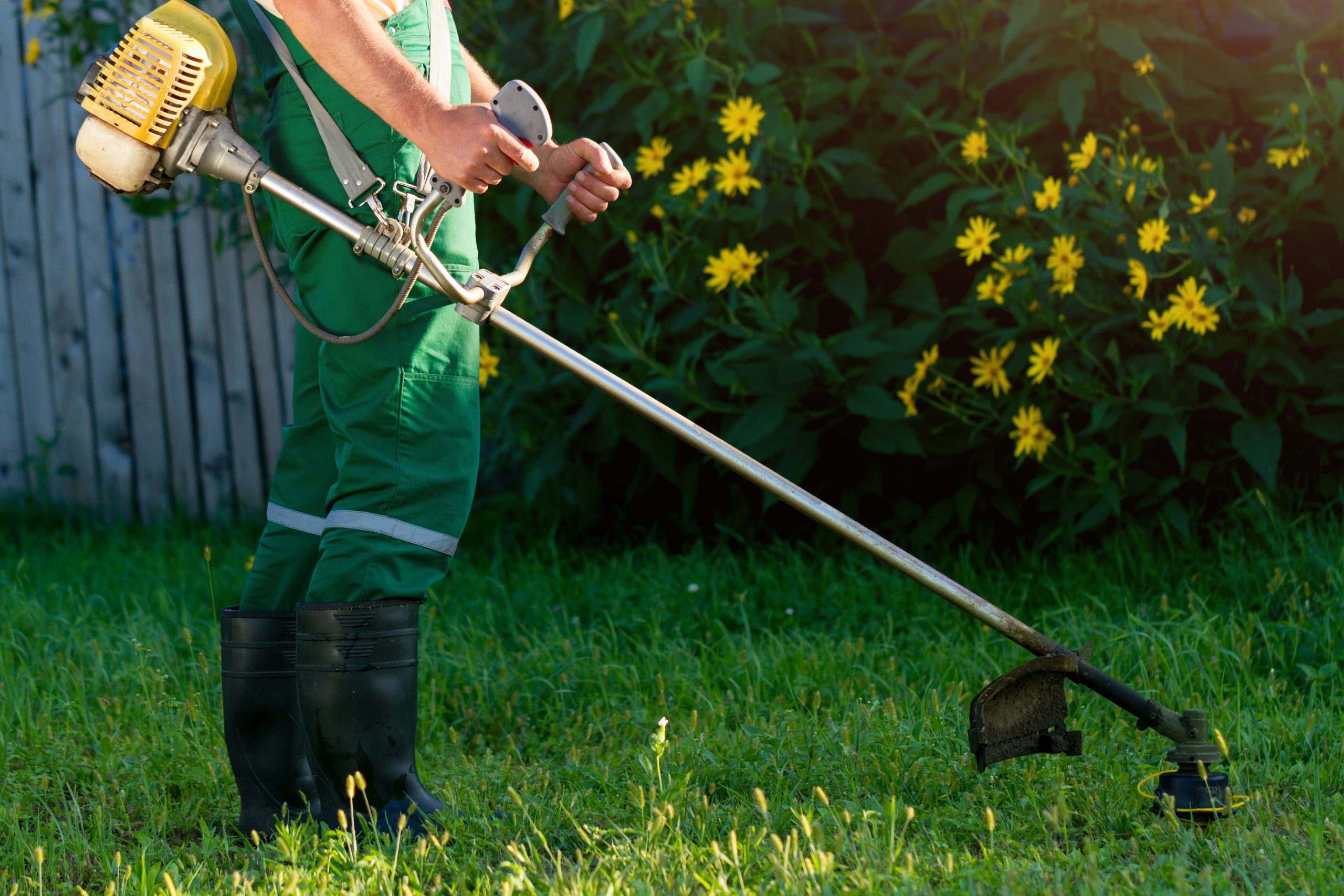As daylight gets shorter and the first frosty mornings start to hit, most homeowners assume the lawn takes a break until spring. But skipping fall prep is one of the fastest ways to end up with patchy, compacted, or waterlogged turf next year. Winter might feel dormant on the surface, but your yard still reacts to how you treat it in fall, or how you don’t.
Whether you’re trying to keep your lawn healthy under snow or avoid pulling out a rust-covered mower come April, a little planning now makes the cold months easier to weather.
Getting Your Lawn Winter-Ready: Timing and Overseeding
By mid-fall, the grass usually slows down just enough to give you a window, not too hot, not too cold, to fix those thinning spots that stuck around all summer. If you’re staring at bare patches that didn’t bounce back from foot traffic, dog runs, or drought, that window is closing fast.
When to Begin Fall Prep
You want to start winter prep while daytime temps still hit the 60s. Once nighttime lows dip consistently into the 40s, new seed germination slows down dramatically, and frost kills off young roots before they get a grip.
In northern zones, aim to seed by late September. In transitional and southern zones, you can push into October, but don’t wait for the first freeze warning.
How to Assess Bare Spots and Overseed
If you sink your boot into a thin patch and see soil rather than grass blades, that area needs seed, not mulch, not fertilizer, not prayers. Loosen the soil surface lightly with a rake, drop seed rated for your region, then water just enough to keep the surface moist. No puddles, no daily soaking.
Pro Tip: Use a seed mix with at least one fast-germinating species, like perennial rye, to get visual fill before frost sets in. It’ll anchor the slower growers underneath.

Mowing & Soil Care Before Frost
Late fall mowing isn’t just about keeping the yard neat, it’s one of the most overlooked steps that affects turf health when snow blankets everything.
Final Mow Height and Gradual Reduction
One common mistake? Dropping the mower deck to the lowest setting on the last cut. That’s not scalping, that’s setting your lawn up to burn. Instead, reduce height gradually over the final few cuts. For cool-season grasses, finish the year around 2–2.5 inches tall.
Cutting too low too fast can shock the grass and invite winter weeds. Leave too much height, and the blades fold over under snow, trapping moisture and promoting mold.
Aeration, Top-Dressing, and Leaf Removal
If your lawn feels like concrete underfoot, aeration’s still on the table, but only if you’ve got 3–4 weeks before consistent frost. It opens the soil, allowing roots to breathe and moisture to settle without runoff.
Got compost? That’s the time to top-dress. Spread a light layer across the lawn after aerating. It feeds the soil slowly through winter.
Don’t forget leaves. A thick layer left to mat down over the grass suffocates your turf, and gives voles a cozy hotel to destroy it from underneath.
Reality Check: Mulching leaves works early in the season. But once they’re wet and packed in layers, your mower becomes a clogging nightmare. Rake or blow them off before snow seals them in.

Fertilizer, Weed Control & Moisture Management
Right when most folks put away the spreader for the year, your grass actually wants its final snack. And yes, even if the leaves are falling.
Appropriate Fertilizer for Your Region
If you’re in a cool-season zone, a late-fall fertilizer (high nitrogen, low phosphorus) helps grass store energy in its roots. Think of it like bulking up for winter hibernation.
Apply it once the grass stops growing but is still green, typically around the first light frost but before soil temps drop below 50°F.
Watering Practices as Temperatures Drop
Just because you’re mowing less doesn’t mean you can ignore water. Fall winds can dry out soil faster than summer heat in some areas. Unless you’re seeing 1 inch of rain per week, keep watering every 7–10 days. Just scale back to ½ inch per session.
Warning: Water in the early morning only. Afternoon watering won’t absorb, and evening irrigation increases the risk of fungus when nights get cold.
How to Prepare a Lawn Mower for Winter Storage
By the time you’re pulling on gloves and noticing frost on your windshield, your mower’s likely done for the season. But don’t just roll it into the garage and forget it, that’s a guaranteed way to kill it by spring.
Gas-Engine Mower Winterizing Steps
Start by emptying or stabilizing the fuel. Ethanol-based gas left sitting for months gums up carburetors and seals. Run the tank dry or add fuel stabilizer and run the mower for a few minutes.
Change the oil, dirty oil left sitting gets acidic. Clean or replace the air filter and spark plug if needed. Wipe down the deck to remove stuck-on clippings, then store the mower somewhere dry and covered.
Battery or Electric Mower Storage Care
Unplug batteries and store them in a climate-controlled area if possible. Wipe terminals clean and check for corrosion. For corded mowers, inspect the wiring and wrap the cord loosely to avoid cracking in cold temps.
Note: Avoid storing any mower, gas or electric, directly on concrete floors in unheated sheds. The cold draws moisture up into the unit and can corrode internal parts.
Winter-Season Precautions: Foot Traffic, Salt, Snow & Dormancy
After all the prep, what happens during winter matters just as much, especially in snowy regions.
Minimizing Damage from Frozen Turf and Heavy Snow
Once the ground is frozen, grass blades become brittle. Walking across the lawn during this period can crush crowns and shear roots, especially if the lawn is already under stress.
Shovel snow off walkways, but don’t pile it in the same corner every time. Heavy accumulation in one spot compacts soil and suffocates the turf.
Protecting the Grass from De-Icer Salt and Snow Piles
Salt runoff burns grass faster than most weeds do. Use calcium chloride-based de-icers near the lawn edge, and create a buffer strip of mulch or gravel where runoff typically flows.
If your driveway gets plowed regularly, mark the turf edge with stakes, most blade damage happens when grass is buried and invisible.
Pro Tip: Rinse salty runoff off turf edges on warmer days (above 40°F). Even one quick flush can prevent spring die-off.
FAQs
Do I need to mow my lawn in winter?
No, but the final mow before winter is crucial. Once grass stops growing, you’re done until spring. Just don’t cut it too short on that last pass.
When is it too late to fertilize before winter?
If your soil is below 50°F or the grass has browned out, it’s too late. Most homeowners in northern zones should wrap up fertilizing by mid-November.
Can I water my lawn in winter?
Only if there’s a prolonged dry spell and temps are above freezing. Otherwise, your lawn is dormant and doesn’t need regular watering.
How should I store my lawn mower battery?
Keep it in a dry, indoor space where temps stay between 40–80°F. Never store lithium batteries in freezing conditions.
Is it bad to walk on a frosty lawn?
Yes, frozen grass blades snap under pressure and won’t recover well in spring. Stick to pathways once frost sets in.
Give Your Lawn a Strong Winter Finish
Fall lawn prep isn’t glamorous, there’s no instant payoff. But it’s the kind of work that makes spring smoother, cheaper, and greener. From the last mow to the mower’s last breath of gas, the details you handle now set the stage for healthy turf in March and a mower that starts on the first pull.
When you’re ready to make the most of the off-season, we’ll help make sure both your grass and your tools get through winter in one piece.




